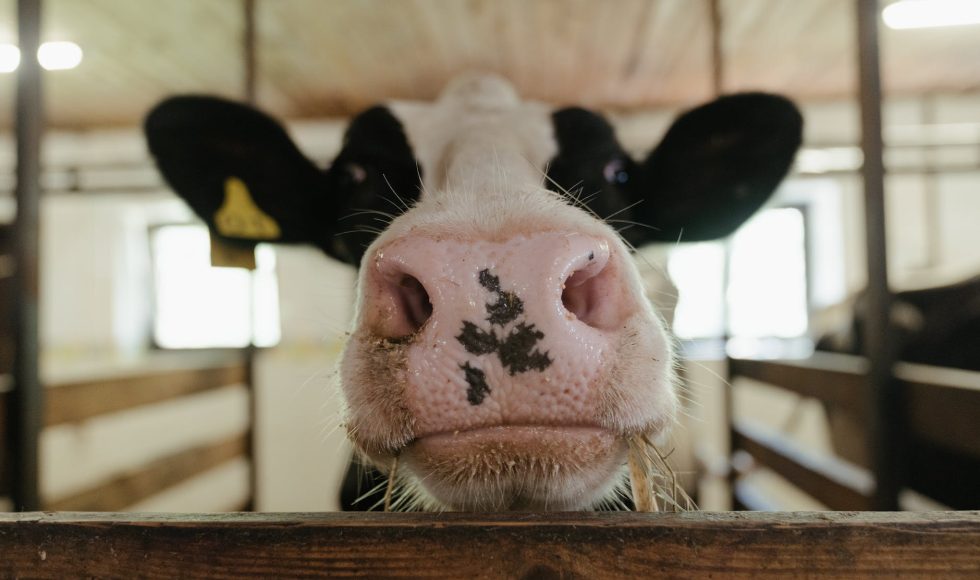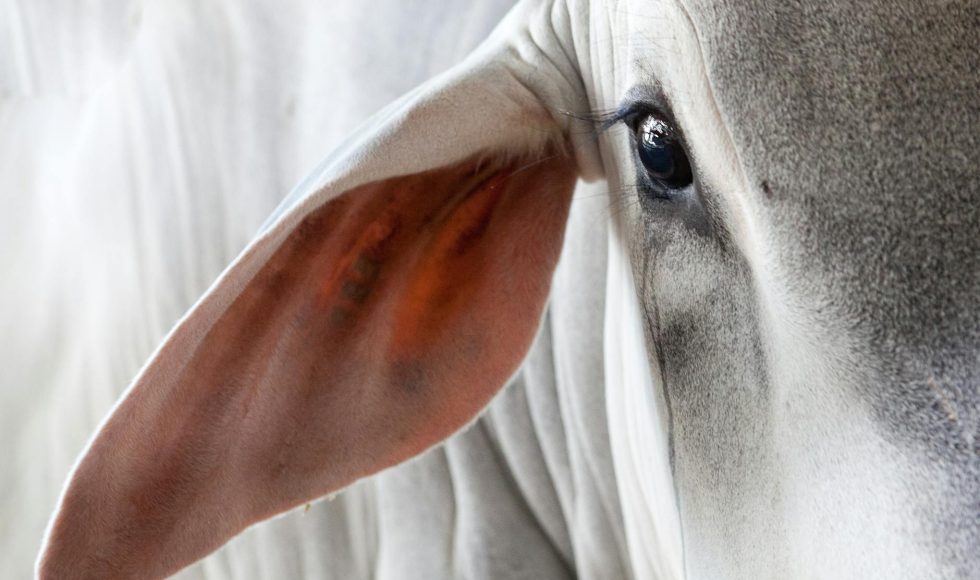The London Calling 2021 session “CanSeq150: high-resolution genomic sequencing and assembly of 150 Canadian species” caught my attention today. Jahanshah Ashkani from Canada’s Michael Smith Genome Sciences Center was the speaker. The goal is to save Canada’s rich biodiversity by sequencing unique species. Loss of biodiversity is an issue: there are over 700 species at […]
Elizaveta Grigoreva from Saint Petersburg State Forestry University in Russia presented at London Callling 2021 on “Whole-genome assembly of guar (Cyamopsis tetragonoloba [L.] Taub.) by second- and third-generation sequencing approaches.” The guar plant is native to India, Pakistan, and the US. It is a legume used in the oil industry as a gelling agent in […]
I am starting the Assembly playlist from ONT tonight. Francois Sabot from France’s French National Research Institute for Sustainable Development spoke at London Calling 2021. They described the pangenome as the differences between two individuals in their genomes. The shared part is called the core genome, and the non-shared components are called the dispensable or […]
I continue to watch the videos in the Oxford Nanopore Technologies “metagenomics” playlist. I have watched this one and want to revisit it now that we have done a PromethION run or two. Ryan Cook, a final year Ph.D. student from the University of Nottingham in the UK, presented at the Nanopore Community Meeting 2021 […]
“Sequencing and assembling the mega-genomes of mega-trees: the giant sequoia and coast redwood genomes” is the title of the session Steven Salzberg from Johns Hopkins University presented. I was curious why this session was classified as “Metagenomics.” Salzberg works on several different organisms. The project’s first results were released in April 2019, describing the genome […]
Lewis Stevens from Northwestern University presented at the Nanopore Community Meeting 2019 on “Reference genomes from the field: the genome of Caenorhabditis bovis.” Stevens spoke about nematodes and their importance as parasites! Nematodes are estimated to infect 1.5 billion people worldwide! Wow! C. elegans is, however, distantly related to the nematode parasites. C. bovis may […]
“Using long-read sequencing to generate a case-specific reference genome for pathogen strain typing” was the intriguing title of the Oxford Nanopore Community Meeting in Houston I watched tonight. Per Aspera Adastra from Baylor College of Medicine and Texas Children’s Hospital presented. They discussed a case with mother and neonate with Candida infection following fetal surgery […]
Eoghan Harrington and David Stoddard from Oxford Nanopore Technologies presented on December 18, 2018 about Assembly as part of the Nanopore Learning Knowledge Exchange series. They are both in the Applications group. Harrington started by sharing how they approach new assembly projects from planning to sequencing. They listed the steps: planning, sequencing, assembly, and quality […]
The last session of the Oxford Nanopore Technologies Nanopore Learning Metagenomics course is about additional metagenomic concepts. Tim Walker spoke about metagenomic assembly: “the computational process which seeks to reconstruct the microbial genomes within a metagenomic mixture.”The assembled reads could be genomes or plasmids. Metagenomic assembled genomes (MAGs) can be used for several analyses. Coverage […]
The next lesson in the Nanopore Learning Metagenomics course that I watched tonight was “Introduction to metagenomic assembly.” Tim Walker from the Technical Services Group at ONT introduced metagenomic assembly as reconstruction of reads into corresponding genomes. Metagenomic assembly is a computational process, said Walker, and the contigs may resemble the genomes or plasmids. Metagenome […]











